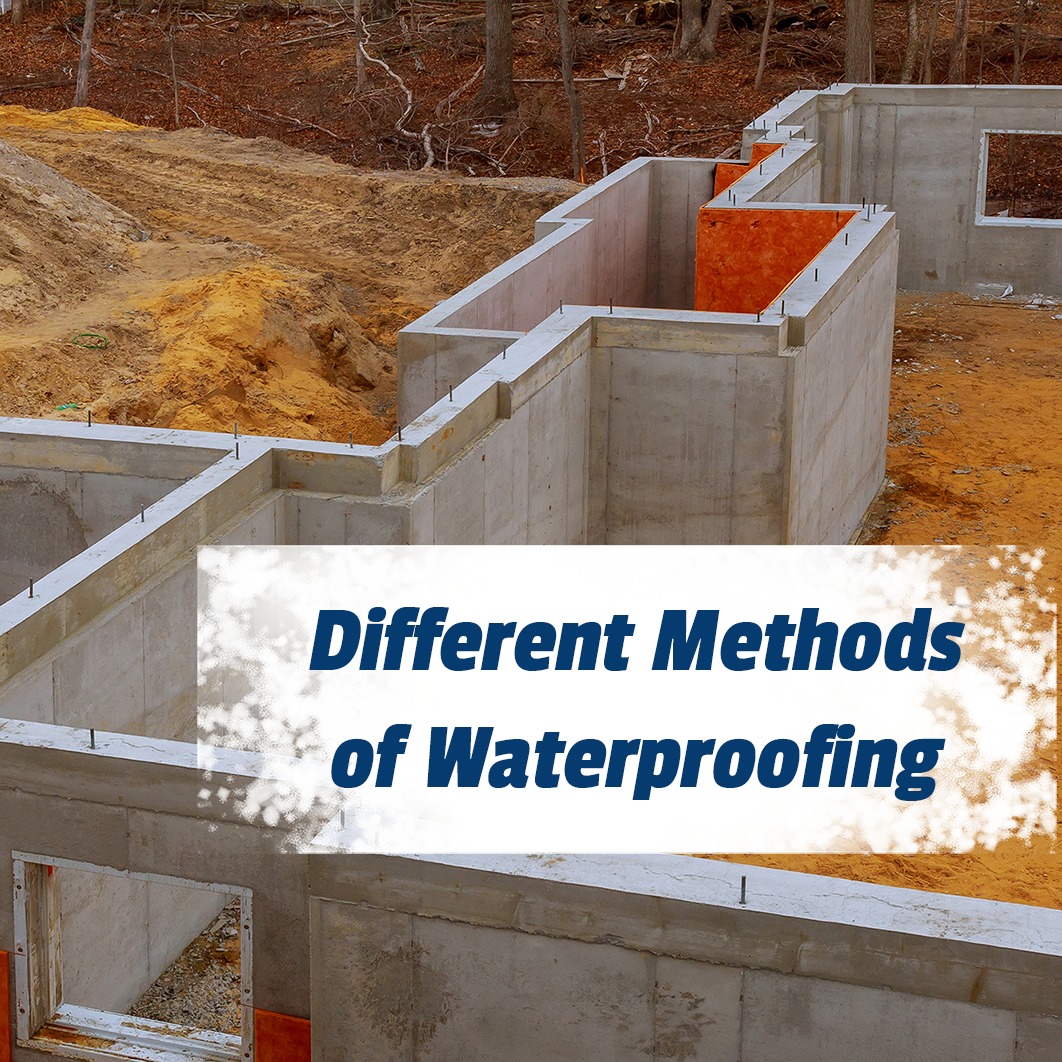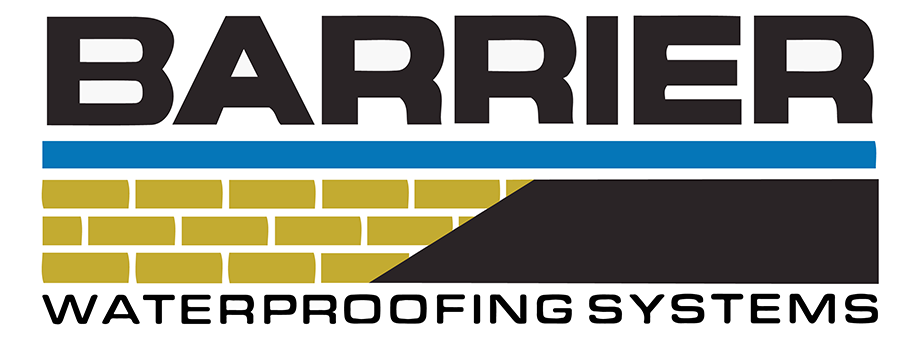Chances are you already know the various reasons for waterproofing methods for your home. The good news is, we at Barrier Waterproofing Systems like to be thorough when it comes to moisture intrusion!
Obviously, waterproofing and creating barriers are done to keep water in or out of a space where it can otherwise escape or enter. These areas can be susceptible to damage, should water enter. Areas like bathrooms, roofs, walls, basements, and more can grow mold and bacteria. Again, this means they will be susceptible to water damage!
Now that we are done covering the more trivial details, let’s get on to the good stuff. Both the affordability and the type of area you live in will determine which effective waterproofing methods will be the best option for you and your family. The following types of waterproofing are the most common that you might come across while searching for a solution:
The first and easiest method: Cementing
With this technique, a moisture block is applied to prevent water damage. If those areas need repairing, that is done beforehand. The moisture block is used to restrict further water from entering or leaving the area through the concrete. Usually, the blocks are applied in multiple coats, depending on the extent of the damage.
This method is usually going to be used with wet interior areas. Other common areas this waterproofing system might be used in are public or outdoor structures. Some examples include water treatment and sewage treatment plants, bridges, parking lots, and more.
Sheet membrane waterproofing
Another common waterproofing technique used is the sheet membrane method. This is a method in which bonded sheets are put together and used to get rid of damages caused by leaks. These sheets are of a consistent thickness and have very strong adhesive properties. They give excellent protection against leakage and water accumulation. Most typically, this membrane is used in below-grade walls.
Liquid membrane waterproofing
Leaks on balconies are usually repaired using this technique when the sheet membrane waterproofing cannot otherwise be used. It provides great protection against damages caused by water leakage and moisture buildup. This method consists of a primer coat and two top coats that can be applied by various means. Your basically smearing, spraying, or splotching a rubber coating, which detours the moisture from touching the surface. This form of waterproofing is much more versatile for use in a variety of applications.
Bentonite waterproofing
Some methods, like sodium bentonite clay, help absorb the moisture, rather than detour it. This is also a method to help resolve leaking balconies. Bentonite waterproofing removes existing water inside a structure and reduces the chance of further dampening. Using bentonite around basement walls proves successful for preventing water intrusion.
Bituminous waterproofing
This is usually an option for low-sloped roofs. They use a membrane that is applied with heat from a torch or self-adhesive membrane.
These are some of the most common options amidst the many common effective waterproofing methods used in residential and commercial areas. If you are unable to put a cap on your water seepage problem in the Middle Tennessee area and need help, feel free to give Barrier Waterproofing Systems a call for a consultation today at
(615) 257-1060 | (931) 536-1168.

